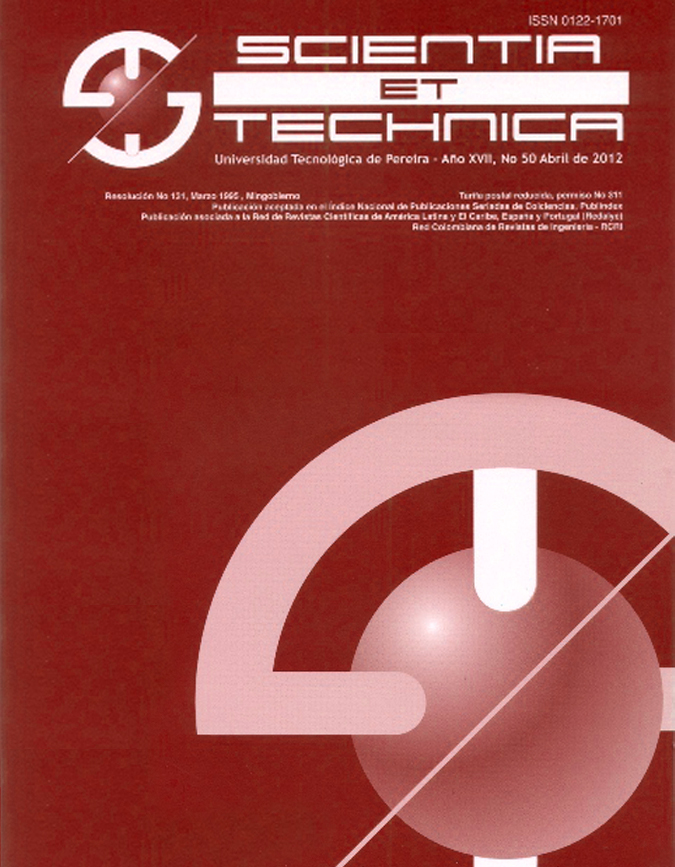Diseño de una Red de logística Inversa para recolectar Aceite Vehicular Usado en la ciudad de Pereira implementando CVRP
DOI:
https://doi.org/10.22517/23447214.9243Abstract
La problemática ambiental generada por la mala disposición de aceite vehicular usado en Colombia ha permitido que en algunas de las principales ciudades se hayan creado empresas destinadas a la recolección y correcta disposición del desecho, pero eso no garantiza una cubertura total de las mismas. La ciudad de Pereira cuenta con una alta cifra de agentes generadores (Lubricentros, Servitecas, Talleres de mecánica, etc.), lo cual hace necesaria la creación de un esquema para la recuperación y adecuada disposición del residuo con el fin de beneficiar al medio ambiente y los habitantes de la ciudad.
Este documento presenta la creación de una red de logística inversa asociada a la recolección de aceite vehicular usado (AU) en la ciudad de Pereira. Para la construcción del modelo se ubicaron los puntos generadores del residuo, las distancias entre cada uno de los nodos, y los costos logísticos variables evaluando dos tipos de camiones cisterna. La situación fue modelada como un problema de ruteamiento de vehículos con restricción de capacidad CVRP (Capacited Vehicle Routing Problem), el cual fue solucionado implementando una heurística de dos fases que consiste en Rutear primero y Agrupar después o route-firts and cluster-second. La primera instancia se resuelve usando el Algoritmo de Ahorro y la segunda usando el Algoritmo de Agrupamiento (Clustering), ambos programados en Matlab. La solución determina las sub-rutas que integran la red de logística inversa con el respectivo orden en que cada vehículo debe visitar los diferentes puntos generadores de aceite vehicular usado.
Downloads
Downloads
-
Vistas(Views): 1139
- PDF (Español (España)) Descargas(Downloads): 1547
Published
How to Cite
Issue
Section
License
Copyrights
The journal is free open access. The papers are published under the Creative Commons Attribution / Attribution-NonCommercial-NoDerivatives 4.0 International - CC BY-NC-ND 4.0 license. For this reason, the author or authors of a manuscript accepted for publication will yield all the economic rights to the Universidad Tecnológica of Pereira free of charge, taking into account the following:
In the event that the submitted manuscript is accepted for publication, the authors must grant permission to the journal, in unlimited time, to reproduce, to edit, distribute, exhibit and publish anywhere, either by means printed, electronic, databases, repositories, optical discs, Internet or any other required medium. In all cases, the journal preserves the obligation to respect, the moral rights of the authors, contained in article 30 of Law 23 of 1982 of the Government Colombian.
The transferors using ASSIGNMENT OF PATRIMONIAL RIGHTS letter declare that all the material that is part of the article is entirely free of copyright. Therefore, the authors are responsible for any litigation or related claim to intellectual property rights. They exonerate of all responsibility to the Universidad Tecnológica of Pereira (publishing entity) and the Scientia et Technica journal. Likewise, the authors accept that the work presented will be distributed in free open access, safeguarding copyright under the Creative Commons Attribution / Recognition-NonCommercial-NoDerivatives 4.0 International - https://creativecommons.org/licenses/by-nc-nd/4.0/deed.es license.



